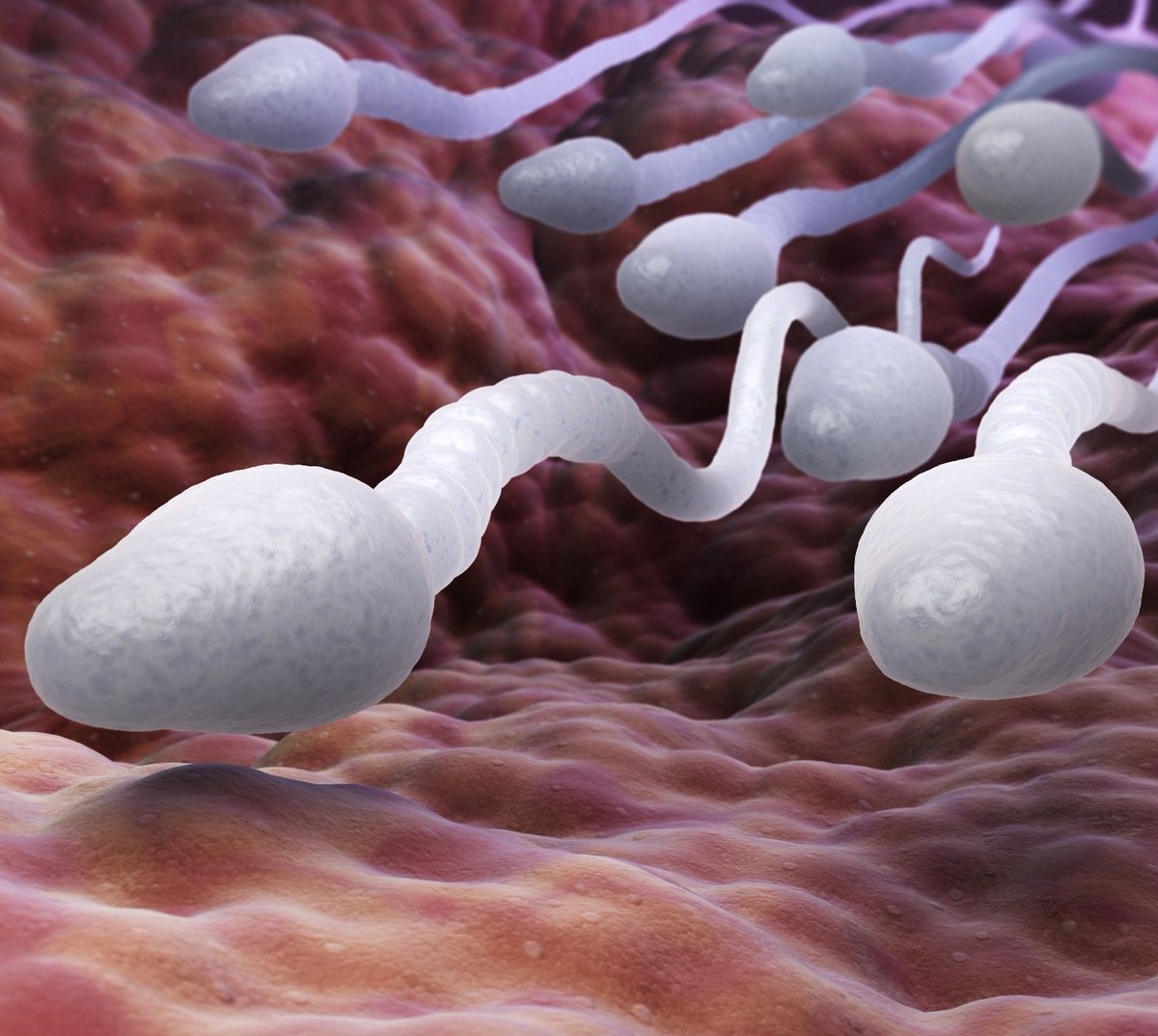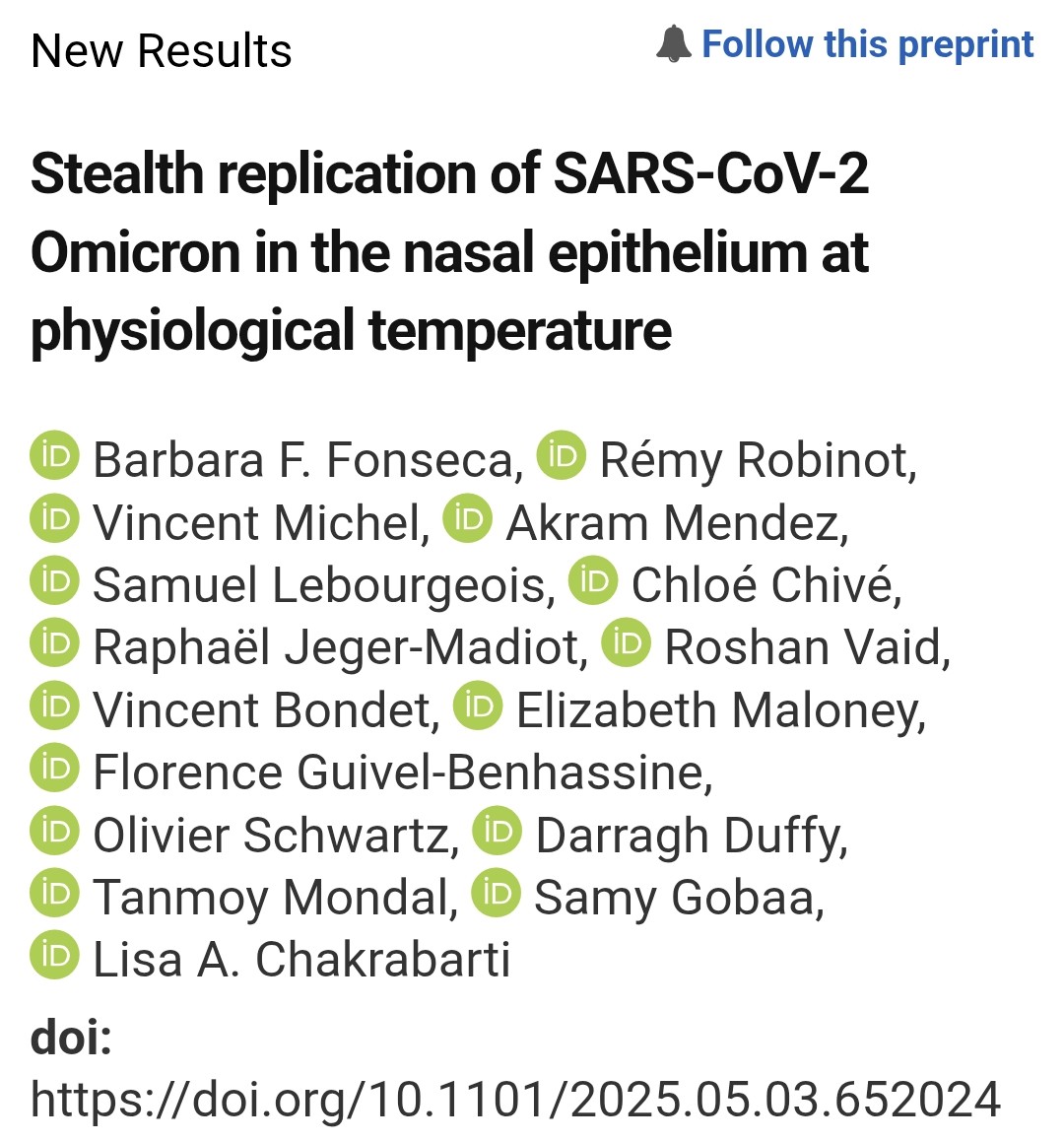EVERYTHING you’ve EVER WANTED to KNOW about our remarkable IMMUNE SYSTEM,
as it faces attacks from the virus SARS-CoV-2.
▶️ How many immune cells are present in our bodies?
▶️ In which organs are they primarily located?
▶️ Which types of immune cells are the most abundant?
as it faces attacks from the virus SARS-CoV-2.
▶️ How many immune cells are present in our bodies?
▶️ In which organs are they primarily located?
▶️ Which types of immune cells are the most abundant?

2) This recent study provides a detailed picture of the immune cells in the human body. It estimates there are around 1.8 trillion immune cells, weighing 1.2 kg in a typical adult.
The immune cells are not evenly distributed throughout the body. pnas.org/doi/10.1073/pn…
The immune cells are not evenly distributed throughout the body. pnas.org/doi/10.1073/pn…

3) Most of them are found in the bone marrow and lymph nodes/spleen. These are the main places where immune cells are produced and stored.
Lymphocytes, which include T cells, B cells, and NK cells, make up 40% of the immune cells by number.
Lymphocytes, which include T cells, B cells, and NK cells, make up 40% of the immune cells by number.

4) Neutrophils, another type of immune cell, account for a similar proportion.
Macrophages are fewer in number than lymphocytes and neutrophils, but they are much larger in size. This means that macrophages contribute almost 50% of the total mass of the immune cells ...
Macrophages are fewer in number than lymphocytes and neutrophils, but they are much larger in size. This means that macrophages contribute almost 50% of the total mass of the immune cells ...

5) ...even though they only make up 10% of the total number.
The immune system changes as we get older. The bone marrow and thymus, which produce many immune cells, show declines in the number of immune cells as people age.
The immune system changes as we get older. The bone marrow and thymus, which produce many immune cells, show declines in the number of immune cells as people age.

6) Conditions like obesity and infections can also affect the number and distribution of immune cells in the body.
The researchers used a variety of techniques, including imaging and genetic analysis, to get these detailed estimates.
The researchers used a variety of techniques, including imaging and genetic analysis, to get these detailed estimates.
7) This provides a comprehensive understanding of how the immune system is organized and can help develop better models of how it functions.
Overall, this study gives us a quantitative map of the immune cells in the human body.
Overall, this study gives us a quantitative map of the immune cells in the human body.
8) In a previous thread, we tried to illustrate this wonderful immune system for the kids.
Thanks for reading 🙏
Thanks for reading 🙏
https://x.com/ejustin46/status/1645022922489069568?t=6FSOs2yXIuyz9t4SW5_FOA&s=19
• • •
Missing some Tweet in this thread? You can try to
force a refresh
















